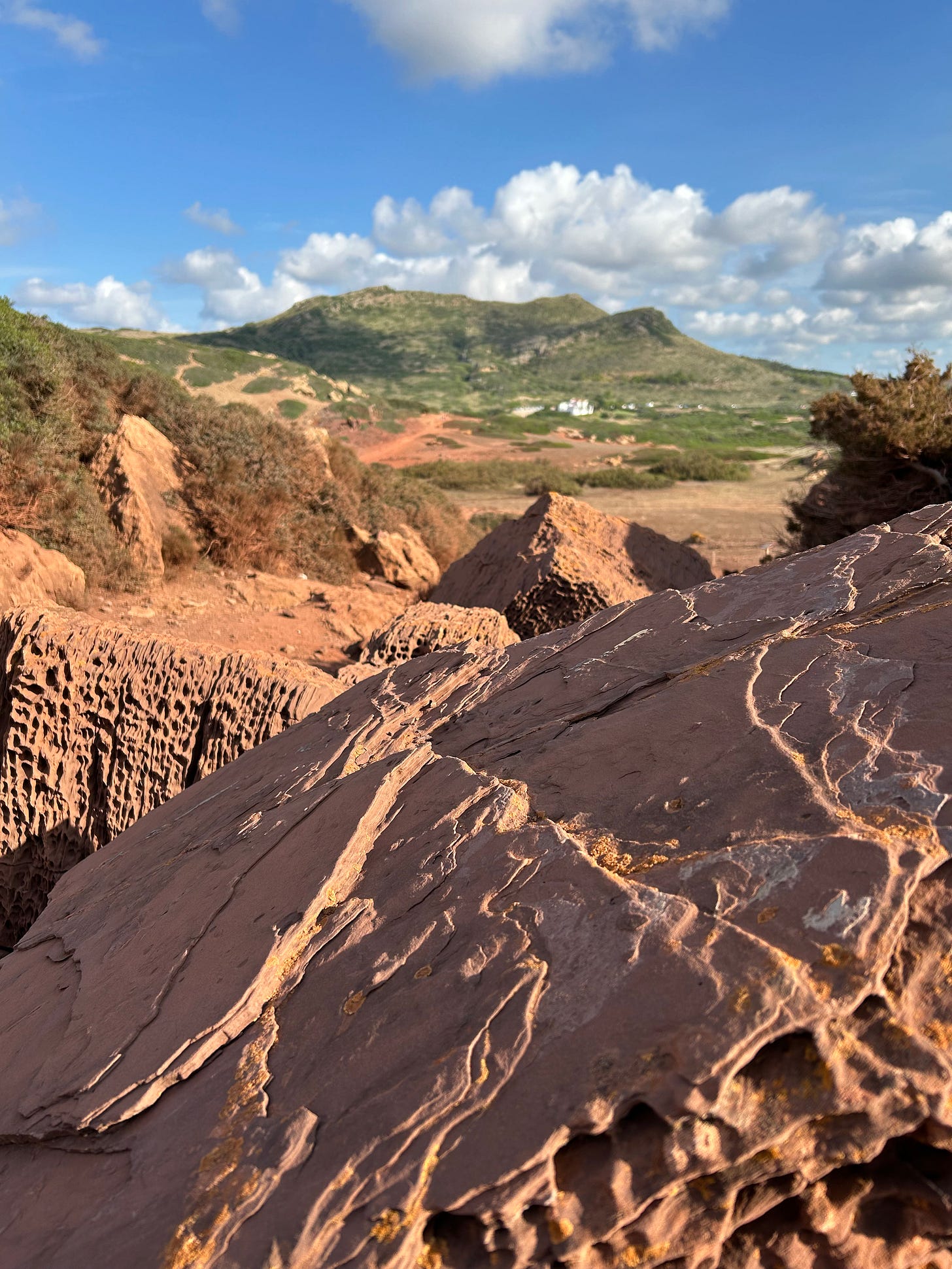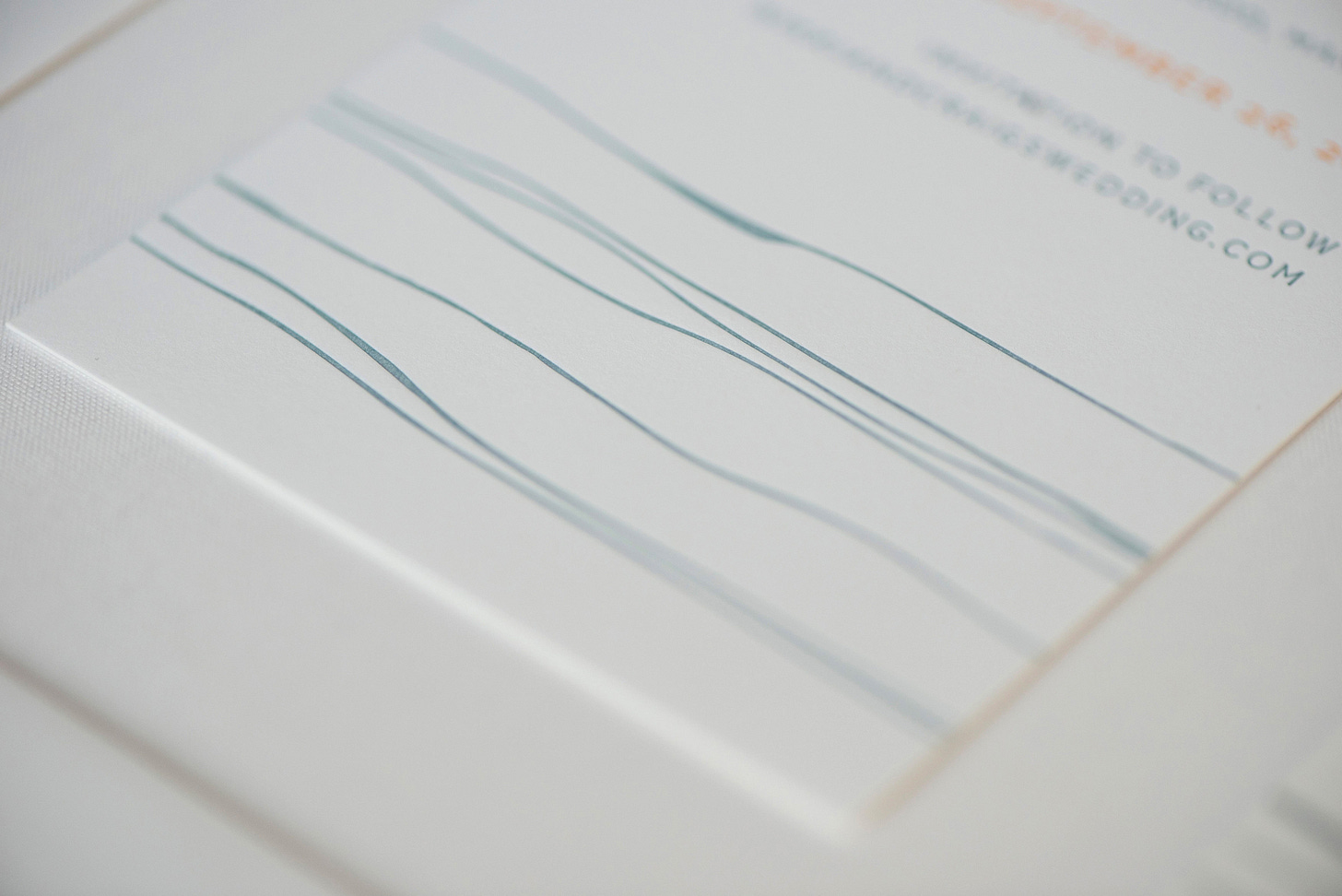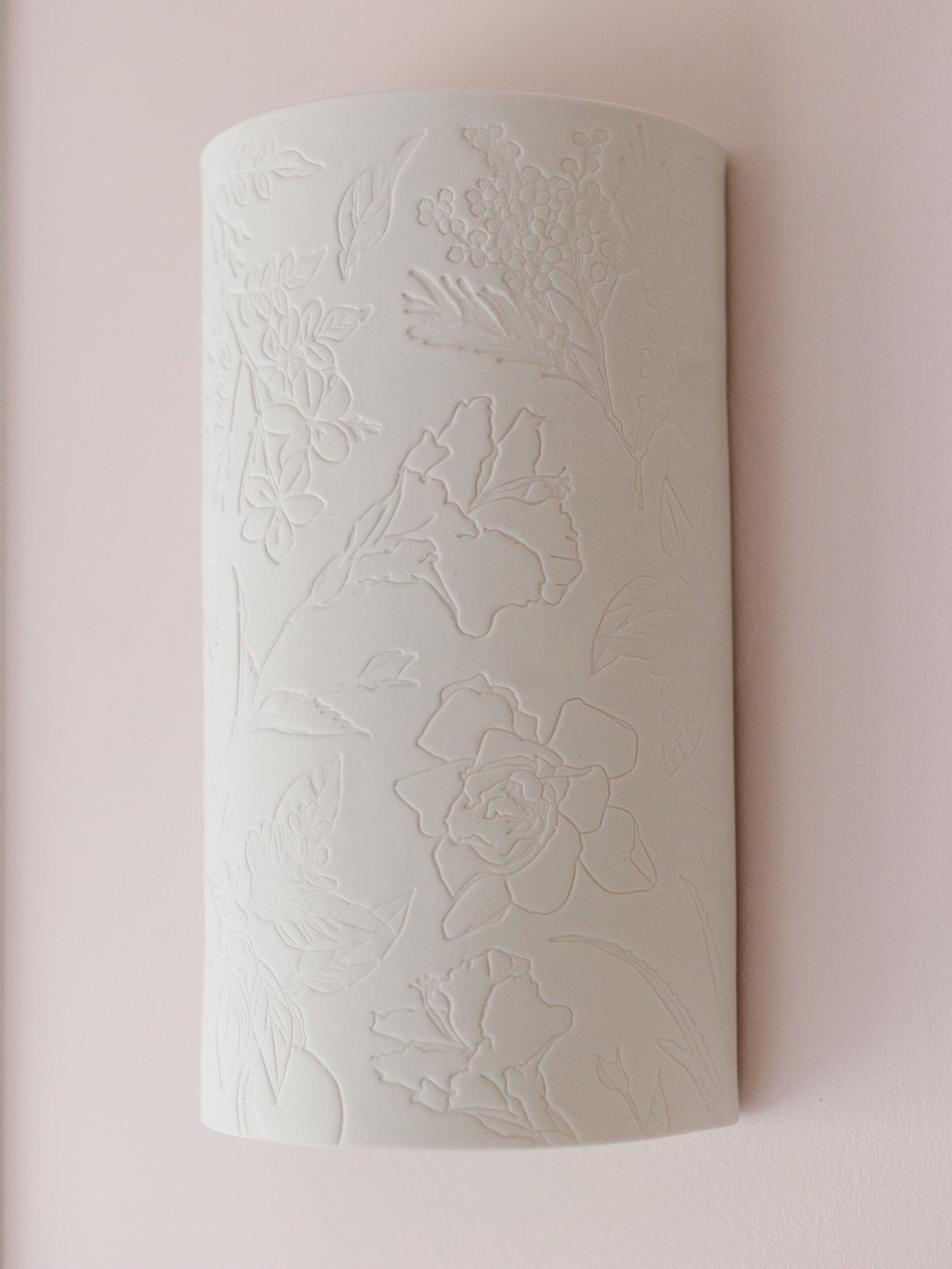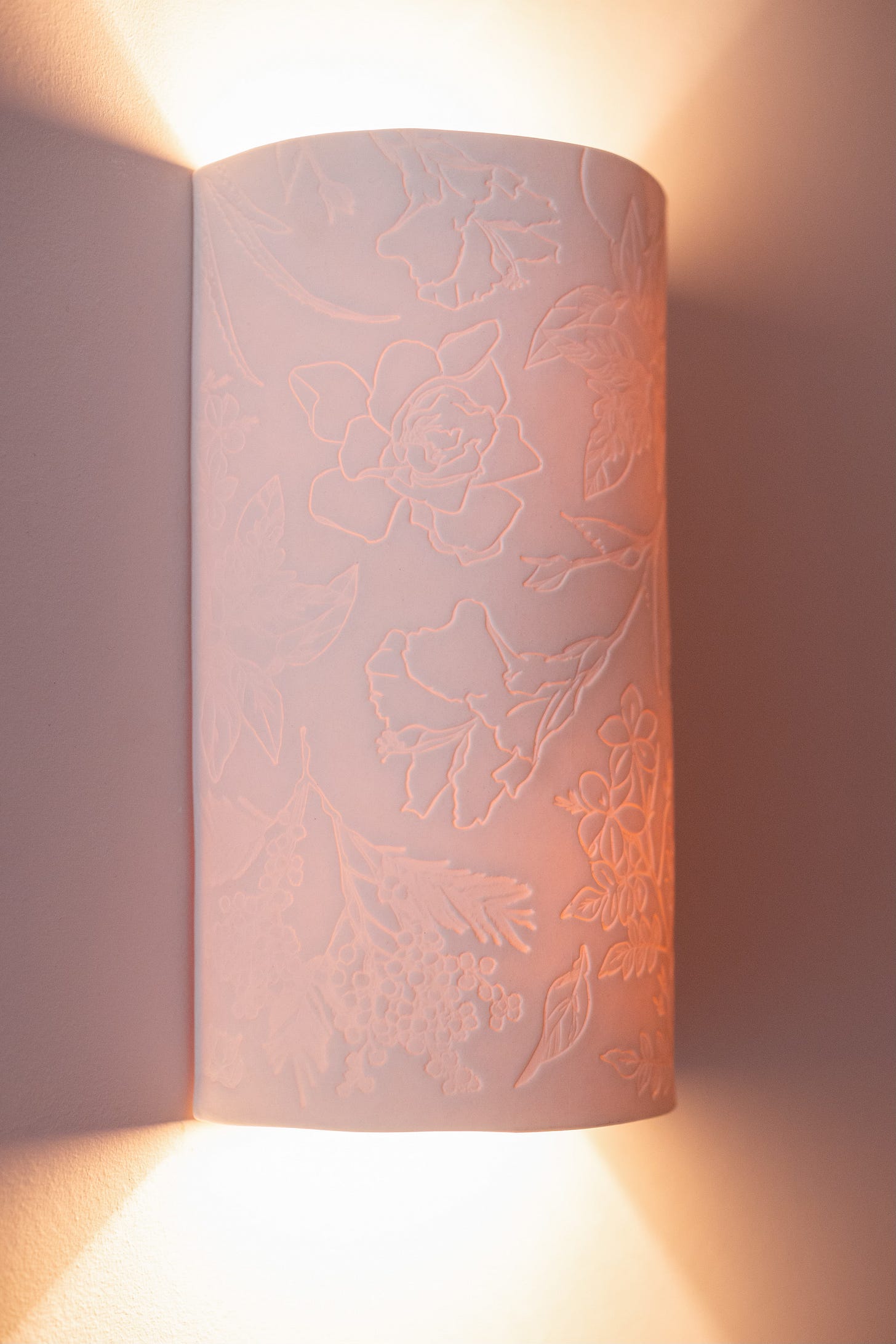Note on this post: I started it in May, and already, because of its content, feels dated. The AI boyfriend is old news now. In fact, as I complete this post, I’m using AI as a travel agent, asking it to recommend the best hikes and timing based on my preferences while I travel. While I do find certain aspects of AI useful, the overall sentiment remains: that what we can see, feel, and experience is, more than ever, essential to our well being.
This week, my feed was flooded with AI. It seemed like everyone I follow had something to say about how this tool has infiltrated our lives, our creativity, and our livelihood. Case in point, this weekend I was handed an invitation to a party, made with AI; evidence, in hand.
Simply, AI is a great tool, just like Illustrator helps me repeat a pattern for a wallpaper or invitation or the internet helps me find a restaurant or my way to a location. It’s great for assisting me on photo descriptions for Pinterest, and hashtags for Instagram, a feature I learned from my creative strategist, Elizabeth Kott.
But it doesn’t replace our senses: where I feel a tingle in my solar plexus when my intuition hits just so, or when my bare feet land on the floor I created from my 100+ year old attic floorboards, planed, cut down, sanded, and refinished for my bathroom remodel. It certainly doesn’t replace the breath catching laughter shared with my kids on our graduation trip, or the warm comfort found in my dog’s fur. It doesn’t capture the smell of my hometown, eucalyptus mixed with jasmine and briny sea. Nor does it replace the feel of a day at the beach: hot sand, the snap of a wave, or the sniff of a sandwich maybe sitting in the sun too long - Is this still good? Or the sound of these fingers typing these few words. I don’t even mind receiving a bill from my printer, as the experience of running my finger under the envelope flap on their unusually thick and tactile paper is becoming so rare.
When I hear that users are using AI to replace people is where I’ve got the biggest complaint. We’ve all read the story of the AI boyfriend, and more and more I learn that people are using it as therapy. Privacy concerns alone, this practice has me internally screaming a warning to all those that are sharing their inner most feelings online. Turns out that everything you type online is discoverable. Or the jobs that are already being eliminated, ironically, by many of the people who have created its technology.
So what do we do then? How do we access the places and feelings that allow us to be connected? For me, it’s turning to the outdoors. One of my personal pillars is environmental harmony. This value combines texture, sustainability, outdoor rooms, nature, warmth, water security, natural materials/fibers, and tactility. I’ve been exploring exactly what that means to me in places that feel like home, which to me is in the Chaparral biome, found mainly in the Mediterranean, Southern California, and Baha, Mexico.
I was so excited to experience this feeling of home in Spain last week, encounter the plant life and weather that I grew up in and walk on the hot dry sun-scorched earth, swim in the sea, experience the scents of aromatic pines and junipers growing along the paths, their fragrance mixing with the salty air. In Menorca, the way the water left patterns and textures in the rocks along the sea is exactly what I described in our Las Canoas pattern, inspired by the same idea, but in the foothills of the Santa Ynez mountains:
Las Canoas (the canoes): the layers of earth, rock, and land that meet the water on a special hike, where Mission Creek makes a path down the canyon to the sea, the rock forming pools of water that gift you a place to reflect and rest. Las Canoas is the original Chumash name for this canyon.
When I can’t be outside, I can mitigate that textural connection by the materials I choose for my home and by using these in my everyday: the feel of the handmade ceramic mug I use for coffee, the natural linen sheets I sleep in, and the heavy weight of silver utensils to enjoy a bowl of soup for dinner.
This appreciation for tactility and natural materials is why I have always navigated towards the soft cotton paper we print our wedding invitations on, and the process of letterpress printing from hundreds year old presses, how it creates texture you can see and feel.
In fact we even used letterpress plates to make our porcelain sconces - Amanda pressed them in to the moulds, which then created the texture inherent in the porcelain that you can see and feel, and for which the light glows through.
This year, we’ve been actively working on getting our Chaparral patterns onto linen. Linen is my favorite fabric - the texture, the feel, the flow, and the variety. I don’t mind the roughness, as it reminds me of where it comes from: the flax plants from the earth.
For our paid subscribers, here’s a sneak peek of our Tierra Cielo pattern on natural linen - I’m obsessed with this pillow: the tone on tone color way, the style of flat embroidery, and the cotton thread mixed with linen woven just for us in India.
Keep reading with a 7-day free trial
Subscribe to At Home to keep reading this post and get 7 days of free access to the full post archives.






